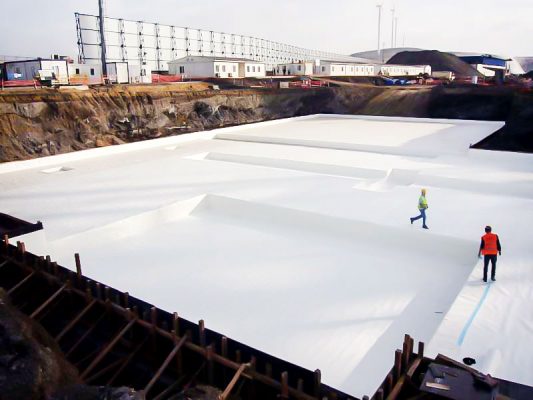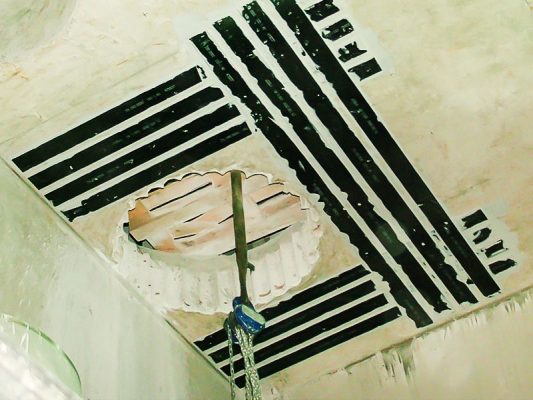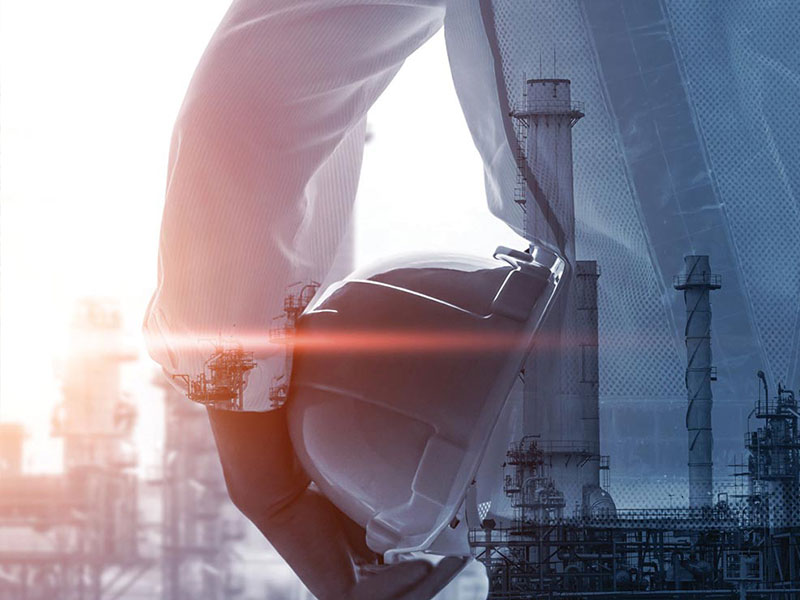All surfaces in buildings where water and moisture can penetrate need waterproofing.
The need for insulation is unavoidable in external curtains below the level where water can accumulate outside the building or rise as groundwater, especially on reinforced concrete surfaces, foundations and floors resting on the ground in contact with the soil. In addition, areas containing water or moisture such as terraces, balconies, interior gardens, sloping roofs, wet areas need waterproofing.
Uninterrupted performance throughout the use of the building should be taken into account when choosing the appropriate product and system detail for the appropriate floor. First of all, when using the expression of performance, we aim for a continuous insulation design.
There are insulation systems from the following categories according to the purpose and the place of use.
Membrane Systems
In general, all impermeable cover systems with or without interaction with free-laid concrete are included in this scope. Bituminous membranes, PVC and derivative membranes, HDPE based membranes and all kinds of impermeable membrane systems that can bond with the concrete poured on them are included in this category.
Liquid Applied Insulation Systems
They are systems that are sold as liquid packaging, have various fillings or components, and provide impermeability when mixed with appropriate proportions and others when applied directly. Although it may seem easy as a short description, there are an unlimited number of products that vary according to both the surface and the purpose of use. The systems we use by testing their performance with our experience and engineering are in the following categories.
- Cement Based Liquid Products
- Acrylic Based Liquid Products
- MS Polymer Based Liquid Products
- Polyurethane Based Liquid Products
- Polyurea Based Liquid Products
- And Possible New Technologies…
Concrete Admixtures and Products with Crystallized Effect
They are products that penetrate into the concrete, either by adding them into the concrete or by applying them afterward and preventing water ingress within certain limits by closing the concrete voids with the crystal structure they form.
The products included in this category and added to the concrete should not be mixed with normal, super, or hyper plasticizer admixtures used to form concrete with relatively few voids, provided by a low water/cement ratio by reducing water in the concrete. We strongly recommend that you consult us before using the products in this category, whose working systematics are completely different. The use of this type of additives are operations that must be carried out together with concrete designs. They have the potential to cause adverse effects on the final concrete strength in incorrect use.
Although the applications of the products applied to the concrete surface and penetrating the concrete surface afterwards do not create a negative effect on the structure of the concrete, it is useful to consult us about the product performances. Their use may need to be supported by some extra applications. (Injections, superficial repairs etc…)
In this regard, the necessary consultancy services regarding other insulations are provided by our company.
HOW IS AN EFFECTIVE WATERPROOFING?
For an effective waterproofing, the insulation application should cover all the building elements from the foundation to the roof of the building. Waterproofing should be done on the foundation of the building, basement curtains, floors resting on the ground, terraces, balconies, exterior walls, roofs and all wet areas in the workplace.
If we consider the negativities that may arise in the absence of insulation as completely static and dynamic structural loads;
It is a clear fact that the reason why many buildings are damaged in earthquakes is due to the section losses of the iron in the carriers, foundations, columns, beams and shears in the buildings due to corrosion, while the concrete is exposed to strength loss due to the sulfate in the ground water.
Vertical and horizontal building elements must be insulated with a suitable insulation system against water and moisture in the ground or due to meteorological events. In the same way, there are areas of use defined as wet areas that will be exposed to water and moisture in the building. If insulation measures are not taken in these areas, the result will be structural corrosion.
If we consider the negativities that may arise in the absence of insulation as architectural, electrical and mechanical elements;
Water and humidity entering the building will cause blistering and spalling, molding in plaster and paint. While these areas are frequently renewed, operational losses will bring high dues loads over time. In addition, corrosion will manifest itself in the metal parts in the environment (Suspended ceiling profiles, partition wall profiles, mechanical parts and pumps, electrical installations, etc.) and their renewal will be inevitable in a short time. It is also obvious that electricity and water should not be combined.
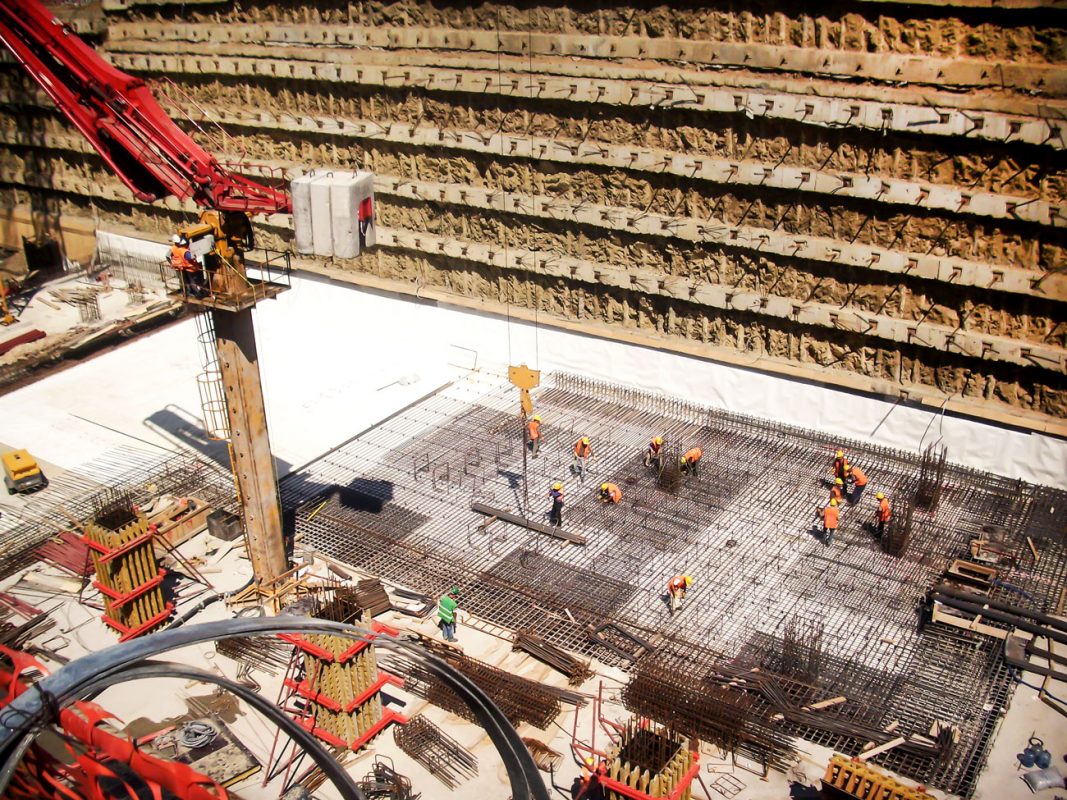
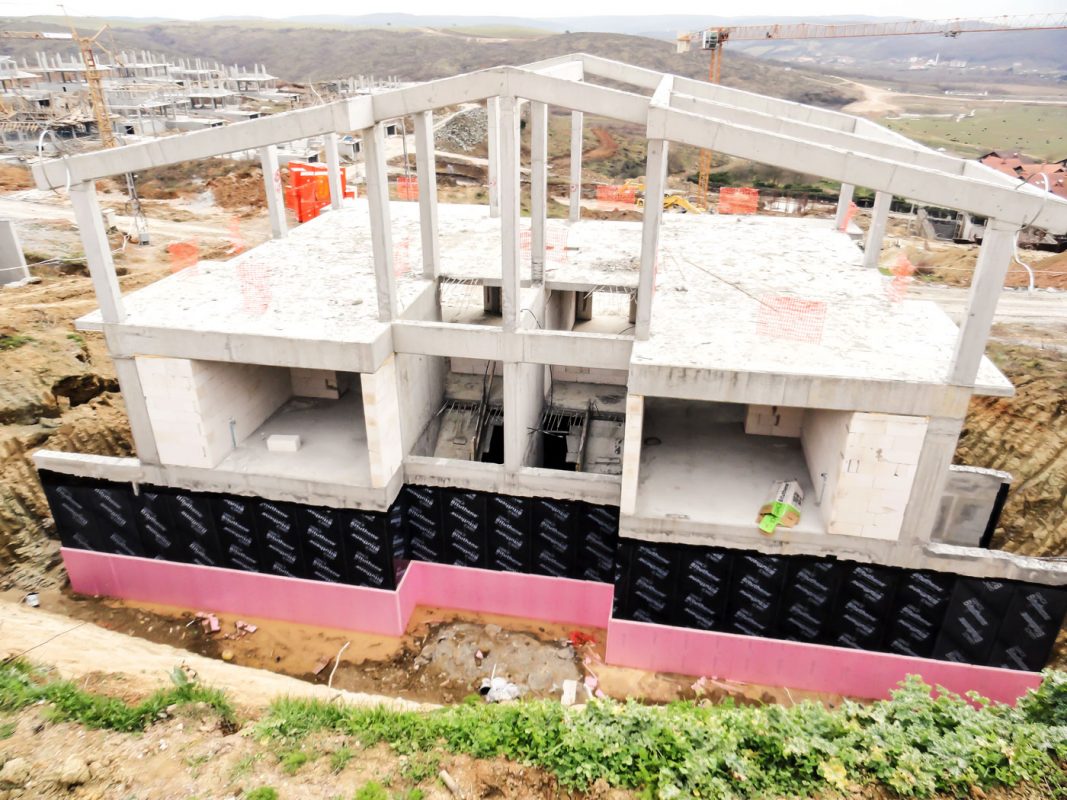
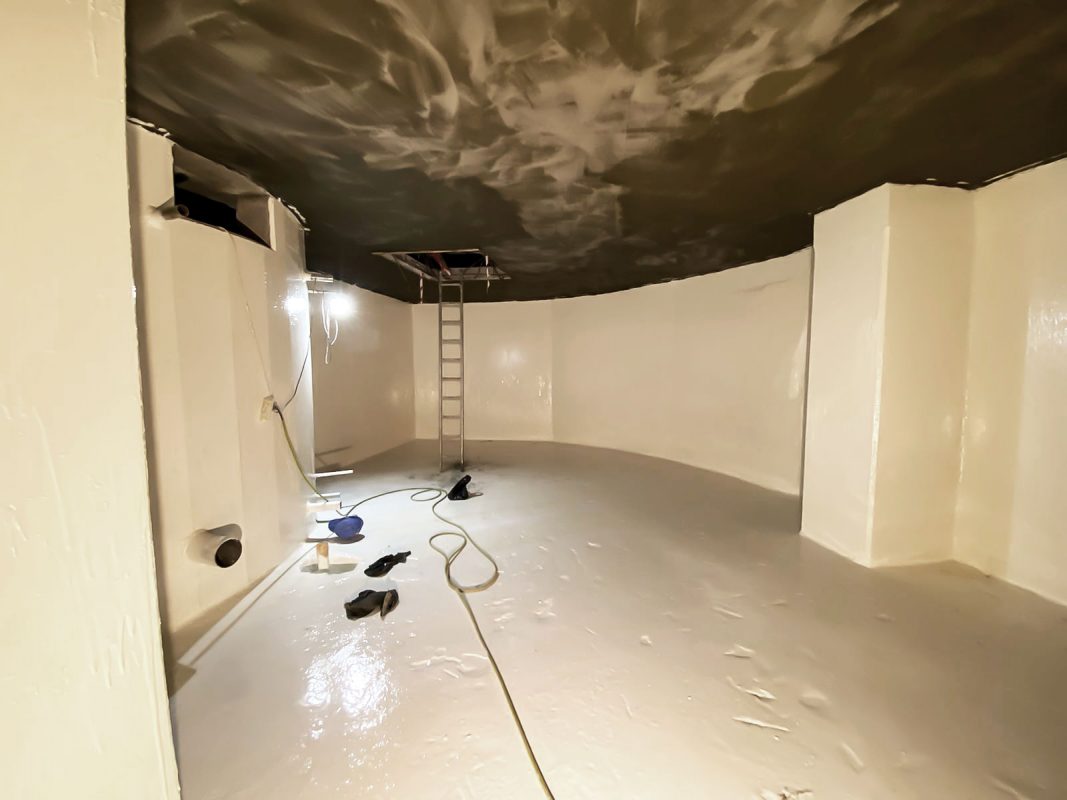
WHERE DO WE HAVE TO DO WATERPROOFING?
- Foundation and Shear walls
- Roofs
- Terraces
- Wet areas
- Viaducts
- Tunnels
- Pools
- Canals and Ponds
WHY SHOULD WE INSULATE?
- Reduce energy consumption,
- Protecting structures from corrosion,
- To reduce environmental pollution,
- In order to live in environments suitable for sanitary and comfort conditions, we must insulate.
WHAT BENEFITS DOES INSULATION PROVIDE?
- Waterproofing is the protection of building safety during the economic life of the building,
- Thermal insulation, 50% reduction in fuel consumption,
- Fire insulation, minimizing losses in case of fire,
- Sound insulation enables to create peaceful livable environments.
Insulation and waterproofing of commercial roofs play a large role in the thermal management of most buildings. Poor insulation or substandard waterproofing can cause condensation build-up, heat loss, or increased heat within the structure in warmer climates. Stagnant water brought by rain can erode insulation without proper irrigation and waterproofing. For this reason, high quality waterproofing and insulation solutions are used in commercial roofs.
WHY SHOULD YOU DO ROOF INSULATION?
Roof insulation offers a number of key benefits for commercial spaces, including:
• Low energy consumption for heating and cooling
• Protection of the superstructure from environmental damage
• Reducing heat transfer from outside to indoor
• Reduction in internal condensation deposits
• Less CO2 footprint
• Improved protection from fire
• Resistance to mold growth
• Reduction in expansion and contraction of the roof deck
Their roof is exposed to sunlight and other elements throughout the day, unlike some walls that only receive direct sunlight in the morning or afternoon. Roofs are your building’s first line of defense against the elements. This means that insulation is essential to protect your building.
ENERGY EFFICIENCY
Large commercial buildings are expensive to heat and cool. As energy prices rise, it pays to insulate your structure and improve overall energy efficiency.
PROTECTION OF THE SUPERSTRUCTURE
Elemental damage can cause leaks, cracks, and damage to your building’s superstructure over time. Damage to the roof can stop the use of the facility or affect ongoing costs and use of space.
LOWER CO2 FOOTPRINT
As governments around the world push for greener actions from commercial property, a reduction in CO2 levels not only helps the environment, but can qualify your business for tax incentives and other bonuses.
FIRE RESISTANCE
Especially if your building is in a forest fire-prone area, both waterproofing and insulating your building can help reduce the risk of fire damage.

